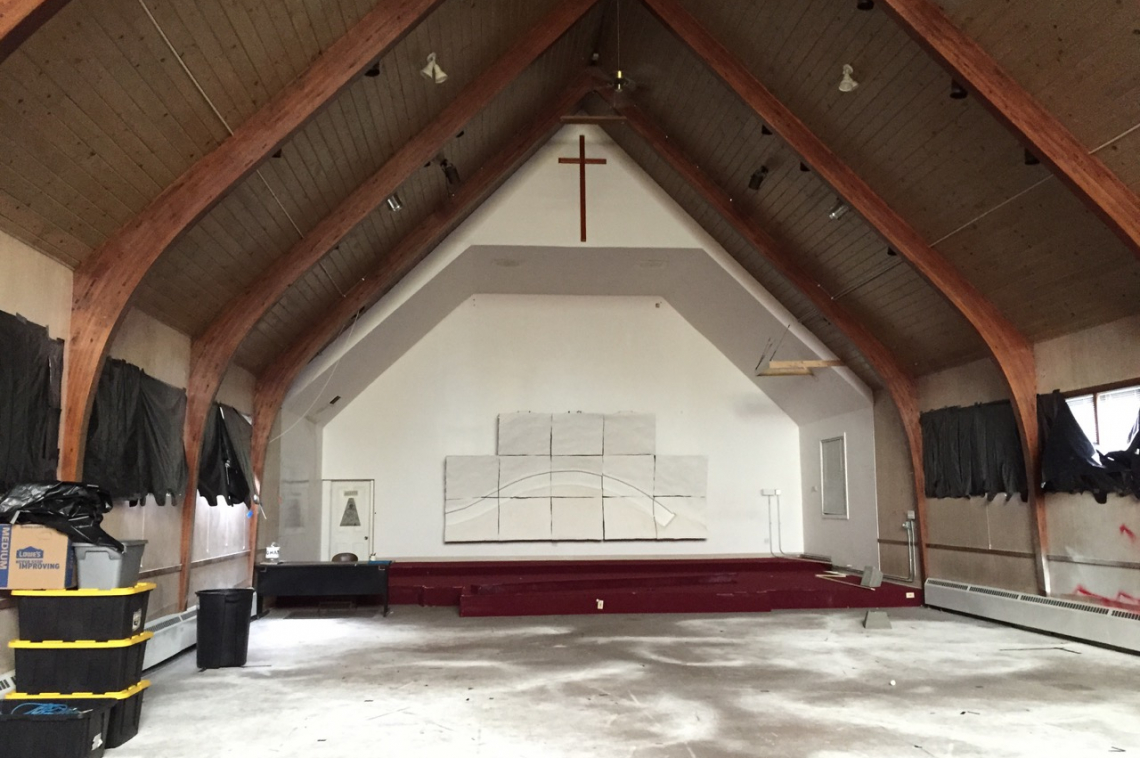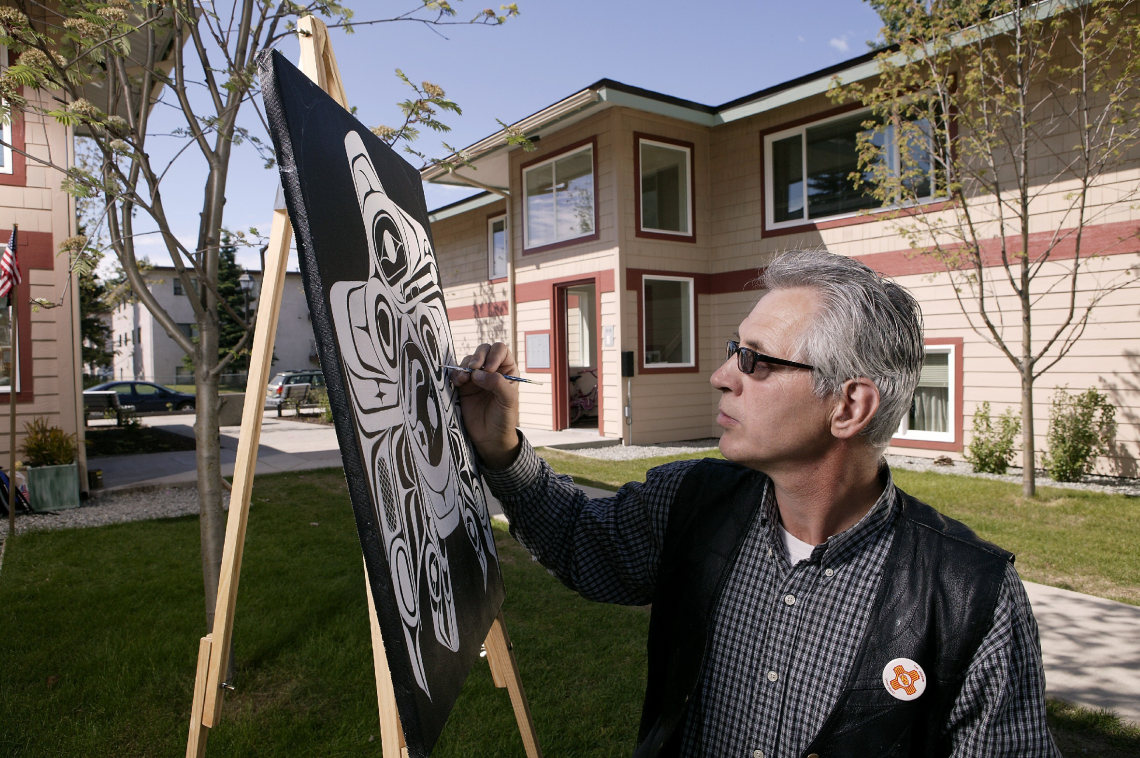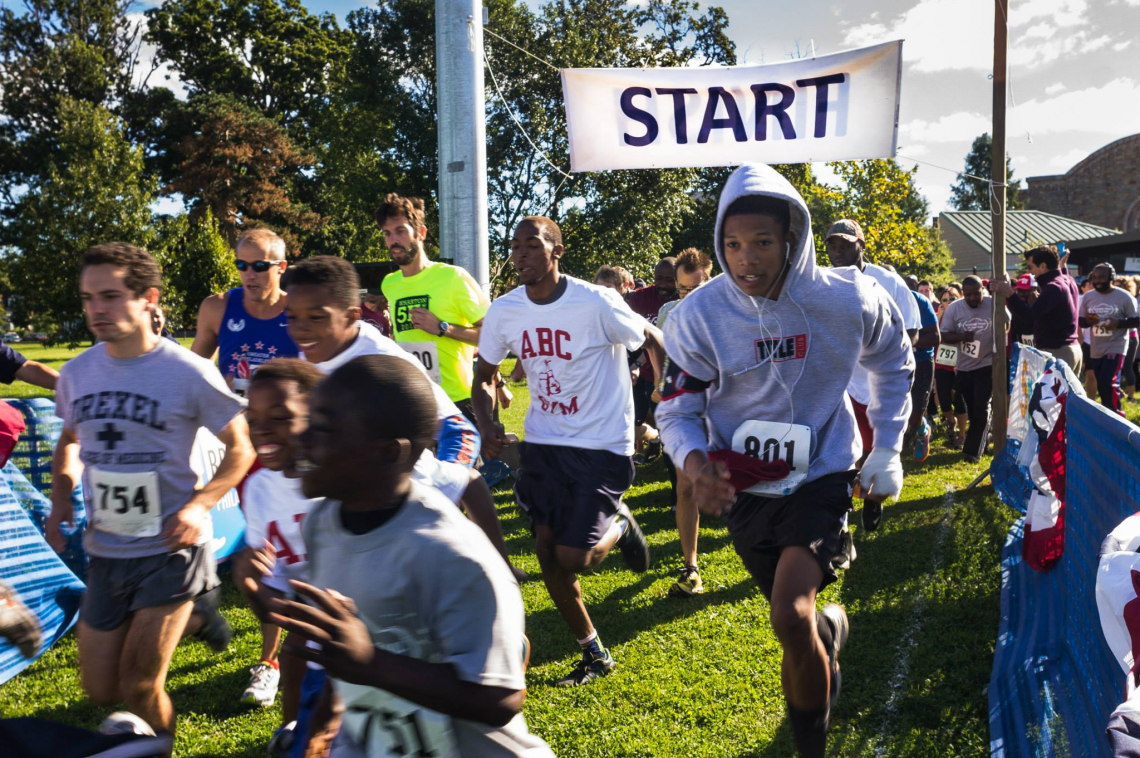


We are now almost six months into the Community Development Investments program and our six community planning and development organizations have been hard at work learning, strategizing, and beginning to take small steps into the world of arts-based strategies for their communities. The first nine months of the program have been intentionally designed to give organizations time to get familiar with concepts and strategize with staff internally, with community members, and with new data on their local ecosystems through cultural asset mapping processes before jumping into projects. While this ‘slowness’ initially felt uncomfortable to organizations used to getting a grant and running with it, it’s been valuable to ensure that potential projects are meaningful and well-informed.
I asked each of the organizations to reflect on their journey thus far including discussing the announcement and community forum process, how they are approaching cultural asset mapping, and what have been some of the most important lessons they have learned. Below are some highlights and commentary on what they shared!
Cook Inlet Housing Authority
I borrowed the title “Go Slow to Go Fast” from CIHA’s reflections, who borrowed it from one of our early webinars. CIHA has valued the time to think strategically and has been busy identifying some sophisticated key guiding questions they will be using for their cultural asset mapping process:
“1. How can CIHA create a process by which we can better reflect the diversity, culture and history of the community in our developments?
2. How can CIHA prioritize creative placemaking and activation of spaces which make our developments true community assets?
3. How can CIHA develop partnerships and build internal capacity that help guide our process and outcomes for long term community development success?”
And they have also been experimenting in small ways with new relationships:
“Being involved in ArtPlace has given us the opportunity to provide a new space, albeit temporary, for a variety of local artists to use in the creation of art and projects for the community. Under our normal model of business we would probably not have considered this interim use for a vacant building, but we are pleased to see how the artists are benefiting from this partnership.”
You can read more here.
Little Tokyo Service Center
LTSC agrees that the time to contemplate has been invaluable:
“These first several months have definitely been a learning and information-gathering phase for LTSC. We have greatly appreciated the space created within the CDI Program for grantees to take time to educate ourselves, assess our places, and develop our goals before jumping into project and program implementation.
This has allowed us to stop and RE-think how we engage in community planning and development at each stage of our work, and identify opportunities for us to inject fresh perspectives and ideas into our established processes. We are striving to model the type of community engagement process we want others – both public and private sectors – to employ when coming into Little Tokyo. The more we can be a part of building community power to participate and showing others how to responsibly and respectfully engage with the community, the closer we can move towards a community-determined future for Little Tokyo.”
You can read more here.
Zuni Youth Enrichment Project
The importance of community engagement is clear in all of the blogs, along with the communities’ reactions to the news of the investment. In a particularly poignant anecdote, ZYEP shares some of their experiences from the early days:
“That evening, we began practice as usual, by covering up the holes in the field, when I announced the big news. At that moment 25 Zuni kids began cheering and talking about how much fun it would be to have a real field. A few dreamed that maybe there could be a high school team someday. Zuni artists had a similar reaction as we held our first planning meeting. Suddenly ideas that have never been developed in Zuni were flowing freely. Several accomplished carvers began brainstorming on how they could create large sculptures for the project, an art form not tried before in Zuni. Others began to talk about who could best contribute to a series of murals, and another artist drew a sketch of a walking path in a traditional Zuni design. The Zuni Tribal Council spoke to us about their hope that this project could invigorate a new sense of community engagement and result in a space that brings people together and reminds them why it is so special to be Zuni.”
You can read more here.
Fairmount Park Conservancy
In thinking about their relationship to communities, FPC is thinking about how to strengthen what’s known and uncover what’s not known through new processes:
“Since those heady moments, we’ve been challenged to ask ourselves – do we really know our neighborhoods? The Conservancy is an organization that prides itself on our close ties with a multitude of local neighborhood park friends groups. But how do we reach neighborhoods that have not yet produced these local steward organizations? How can we work from the strengths of these places to assist a home-grown, sustainable presence that is strongly bonded with other neighborhood institutions? We are searching for artists who can work on this granular level and help generate this needed momentum so that every park functions as the community anchor is should be.”
You can read more here.
Southwest Minnesota Housing Partnership
And FPC isn’t the only organization excited about what they might uncover; in the act of exploring, SWMHP has been energized to think about how to better share the many stories that aren’t as visible about everything happening in their region:
“One of the more interesting topics that has come about as the leadership team works through the challenge of defining project locations from a large geographic area is how to best share each other’s stories to capture energy and momentum across the entire region. If we are still discovering the unique and exciting arts and cultural events, ideas and identities in the region, certainly there are others who are unaware of everything that’s happening as well. Currently, SWMHP is compiling a list of these stories and intends to utilize our ArtPlace project page as a place to share them.”
You can read more here.
Jackson Medical Mall Foundation
In thinking about their future projects, JMMF also sees community engagement as a key to sustainability beyond the CDI program:
“Our goal is to solicit valuable, organic community engagement and feedback throughout this process so that we can develop a project with an impactful footprint and sustainable outcome.”
And, most importantly, all of the organizations are deepening their own understanding of how the arts can add value to their missions:
“We’ve really enjoyed cultivating relationships with our local arts communities and have developed a deeper appreciation for their work and contributions. Moving forward, we look forward to collaborating with local artists and the community to develop projects that will be beneficial and well-utilized in the community.”
You can read more here.
Stay tuned for the release of our first three educational CDI webinars that cover topics related to cultural asset mapping, what artists can do in creative placemaking projects, and how to work with artists!





